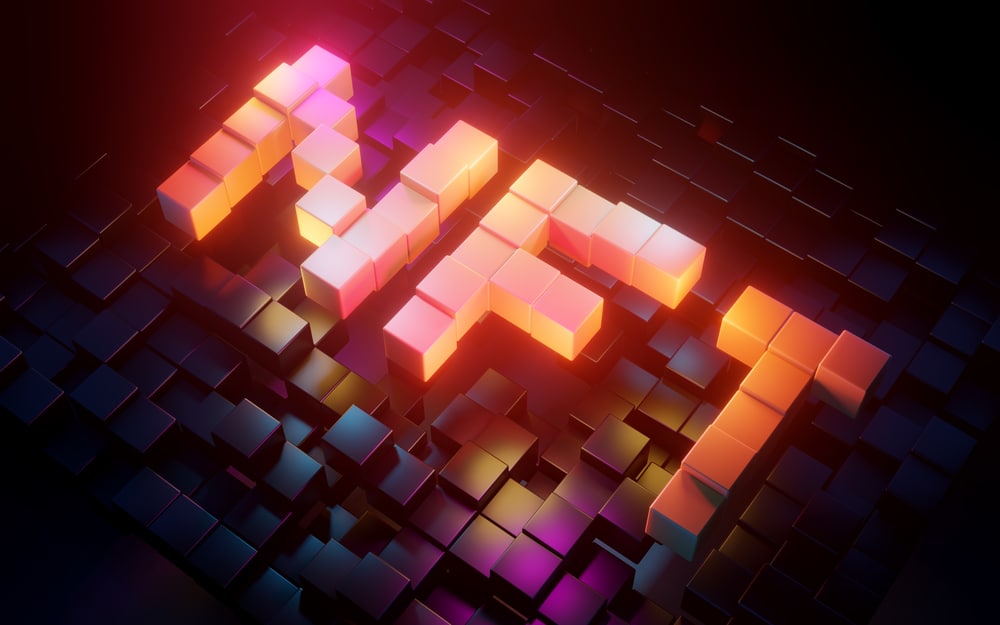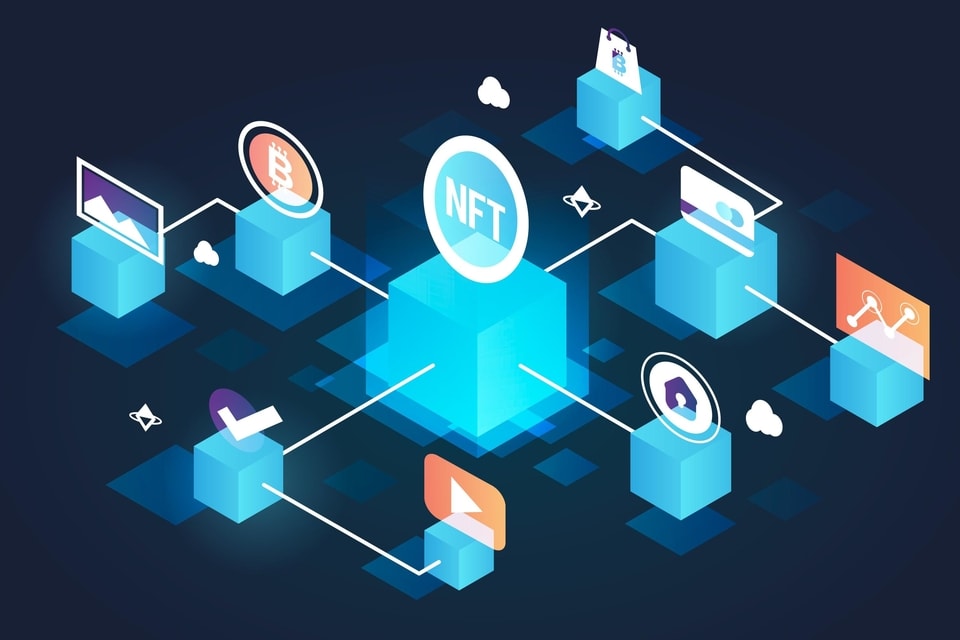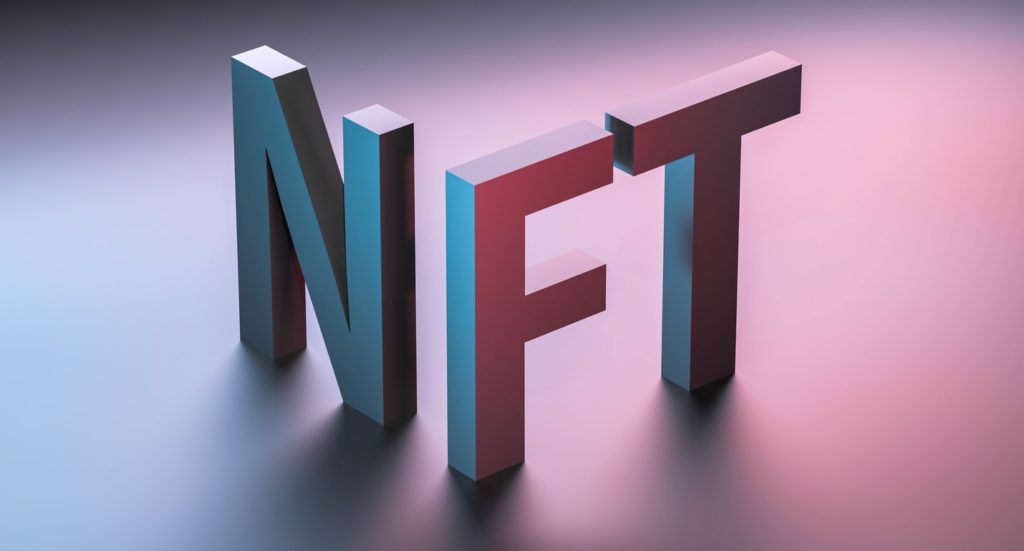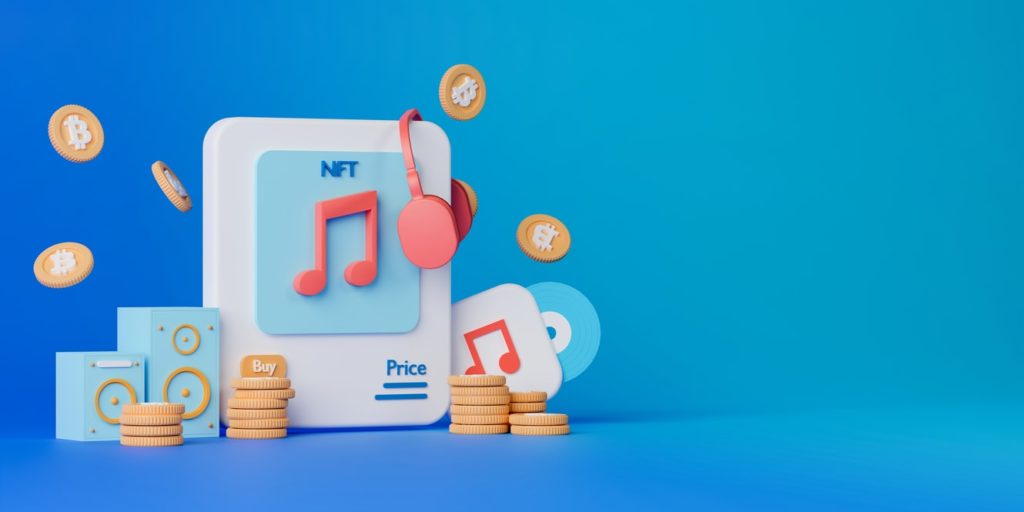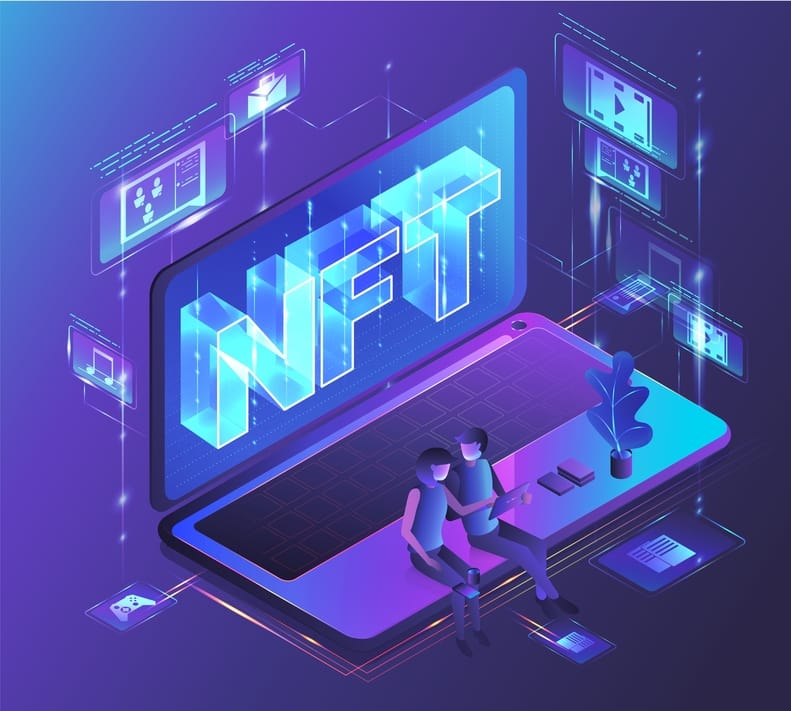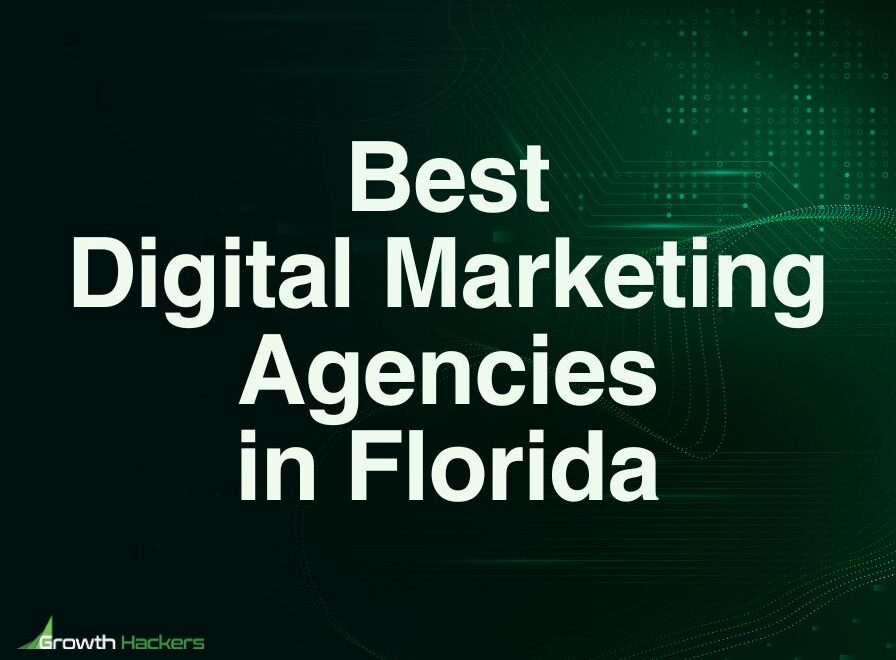The digital space is getting more and more creative with passing time and blockchain technology seems to be getting equally rich with digital content. And if you’ve been lingering in the digital space long enough, you’ve surely come across NFTs.
Trying to understand what non-fungible tokens are and how they fit into the cryptocurrency space is challenging, but it’s what we will attempt to do in this article.
What the hell is an NFT? Let’s find out.
New Kid on the Blockchain
There’s no doubt that blockchain technology will change organizations. NFTs, or non-fungible tokens, are digital assets that represent ownership of digital or real-world items. Unlike fungible assets such as shares of stock or cryptocurrency tokens, each NFT is unique and cannot be replaced by another identical asset.
NFTs can be used to represent a wide variety of items, including digital art, in-game assets, and even physical property like real estate or collectibles. By tokenizing ownership of these items, NFTs enable digital transactions and offer a new way for artists and creators to monetize their work.
Some have even called NFTs the “next evolution of money,” although it remains to be seen whether they will gain mainstream adoption. For now, NFTs are an exciting new development in the world of digital assets, and one that is worth keeping an eye on.
Traditional Market Disruption
Although a new development, the craze for NFTs is often dumbfounding. Mere digital images of ghosts, apes, anime warriors, and cats are sending people into a tizzy with some making immediate fortunes and others investing millions only to disrupt the common working of traditional revenue markets.
Selling and acquiring digital artwork, music, photos, and even simple sketches is a means of earning millions independently for struggling as well as established singers and musicians. Music producer and DJ 3LAU sold music NFTs and made $11.6 million within 24 hours.
A digital piece created by Mike Winkelmann, aka, Beeple, began its journey from a bid of $100 to finally being sold off at $69,346,250. The selling price of the NFT was ranked the third-highest auction price, after renowned artists Jeff Koons and David Hockney.
This system of revenue where artists and all the artworks can directly reach the audience sans the middlemen is opportune for making millions, effectively disrupting the traditional way of trading and investing in cryptocurrency.
Power to the People
The amazing thing about NFTs is their ability to remain unique despite there being multiple copies of the same art or item. These rare collectibles are stored on a digital ledger and can be auctioned off to be paid through cryptocurrencies like Ether or Bitcoin.
The one with the bragging rights, or ownership of the non-fungible digital art, can add multiple buyers or keep it to a single owner. And every time the existing owner of the digital NFT sells it to the next buyer, the original creator receives appropriate royalties.
The concept of NFTs puts the power of ownership in the hands of artists who once had no means of getting their artwork noticed by the masses.
And some would also say that NFTs are nothing but a waste of money where renowned artists like Paris Hilton and Eminem own personalized Bored Apes. However, a non-fungible means of earning has more to it than meets the eye.
Understanding the Craze for NFTs
NFTs are more than just images with digital data locked or stored on the blockchain. This technology has various utilities with the probability that almost all digital assets will one day end up as NFTs. The authenticity that comes with a non-fungible token is unmatchable and many people are now looking to this avenue as the future of digital ownership.
Moreover, it’s not just art that’s being sold off as NFTs, even memes and tweets have taken to the ramp, continuously propelling the absurd nature of trading, furthering the NFT space.
Adding to the NFT marketplace are subsets of NFTs called PFP projects, Picture For Proof, or profile pictures. They are used as such – a profile picture of the owner. It could be anything from a pixelated image or a character image adorned with accessories like personalized necklaces, sunglasses, rings, tattoos, and such.
A single character can have different iterations of itself and still be unique to be owned as an NFT. With numerous such artworks being created randomly and selling for millions of dollars, there has to be a valid reason behind their explosive popularity, right?
Want to invest in NFTs or grow your NFT company?
Why are People Investing in NFTs?
The most straightforward answer is? It’s because NFTs are treated more like collectibles, even if it seems immaterial at times. The relationship that exists between people and virtual assets is a generational thing that you can understand through an example.
The younger generation is living in times where owning a house or even getting a regular pension seems too far out of reach. There is no sensible path toward a financially secure future. There’s a sense of passive gambling involved in the NFT business which translates to desperate bets in the hopes of making it big at some point.
For others, owning an NFT is like having a cult status within the crypto community. The luxury tags and associations that come with owning an NFT are significant. There’s also the aspect of community participation associated with NFT projects that last.
Dedicated communities have Discord access to an informative forum, exclusive parties for community members and potential candidates, and also participatory opportunities in games, like a quest to discover treasure in caves and dungeons with lots of exclusive drops.
And although the NFT space is currently transitioning, its value is more transparent and trustworthy. There is a sense of owning a shared source of truth that is commonly agreed upon, without any chances of tampering or censoring to suit personal gain.
NFTs are vastly misunderstood due to their complex operational nature. In some aesthetic way, they can be viewed as powerful tools of holding and opportunity for brands and artists alike.
How Do People Know Which NFT To Invest in?
An NFT isn’t a random art or illustration that people decide to just pick according to their fascination and put their money’s worth. Every non-fungible token has a history or at least stems from a project based on cultural relevance relating to the artist or the brand.
Its value fluctuates and differentiates based on the importance of this history and overall on how much buyers are willing to pay. Similar to how stock values fluctuate. However, when it comes to these rare collectibles, the owner must have the patience and interest in their asset to fully realize its worth as and when the value rises.
What makes an NFT valuable is often the utility connected to it. In other words, what it allows you to do. To discover trending NFTs, you should check platforms like Twitter, Telegram or Discord. Alternatively, if you want to launch your own NFT collection, you should utilize those channels and create Twitter, Telegram and Discord marketing strategies.
What Happens Once You Purchase an NFT?
Owning an NFT does not entitle you to the copyrights of the digital asset. Let’s take an example to make the deal clear.
Say you purchase a Nyan Cat meme for some appropriate crypto-funds. There now exists a digital record on the blockchain stating you as the owner of that particular meme.
However, you don’t get to own the copyrights or trademarks for the meme even though there are millions of copies of the same meme floating around the web.
In the end, all that you’re purchasing for the costly investment is the exclusive bragging rights, the knowledge that you’re the sole and authentic owner, and the royalties associated with the NFT.
Where Do You Begin Your Search for the Right NFT?
Before you think of owning an NFT, you need to have in your possession a decent amount of cryptocurrency. Ethereum, Bitcoin, and Litecoin are a few of the more popular cryptocurrencies you can purchase to get buying your NFT.
With the crypto-cash in your pocket, you can then head over to the digital marketplace where you bid on the NFT of your choice, whether it is fine art or music-related purchase. And just like in any auction, the person with the highest bid wins the ownership of the NFT and every royalty associated with it.
Digital Art and Environmental Damage
The one thing that online auctions and dealings may cause is internet breakdown or complete data overload. However, crypto-art is known to leave a dangerous amount of carbon footprint, enough to raise concerns on a global scale.
It takes a lot of energy to power the blockchain, and crypto-art relies heavily on blockchain technology. As a result, it can have a significant impact on the environment. Some estimates suggest that crypto-art could be responsible for up to 5% of all Bitcoin-related carbon emissions.
That’s a huge amount of emissions for something that only exists digitally! Moreover, crypto-art is often stored on centralized servers, which use even more energy. For these reasons, crypto-art is considered to be one of the most harmful uses of blockchain technology.
While crypto-art offers some unique benefits, its environmental impact means that it is not a sustainable solution in the long term.
Jumping Onto the NFT Bandwagon
If you think a bit consciously about why people are NFT-crazy, the concept is based on the understanding that every object around us is valuable only because we have appointed it that specific value.
Take another example. The physical versions of Michael Jordan Rookie cards.
Each card was auctioned off for about a million dollars and all they were made of is cardboard. The pieces of cardboard were absurdly given such a high price only because we gave them so much importance.
All NFTs floating on the blockchain work on this exact principle. The craze behind collecting them is simply because we have appointed specific royalties and luxury tags behind owning those immaterial ideas and digital illustrations.
Benefit from the NFT technology today!
Final Thoughts on What the Hell is an NFT
An NFT is one of those technologies that make the migration from Web2 to Web3 a reality. The NFT space is still in its developing stage with almost the majority of artwork being non-artistic. However, the functional capacity of NFTs allows the original artist to control and take back the ownership when they see fit.
Artists have the luxury of monetizing their hard work in a traditional world where nothing is free and yet everything shared is free of cost. They can also decide on the price tag their NFT will exhibit and not worry about copyright and trademark issues.
So, after this brief but informative reading on what NFTs represent in today’s times, are you still willing to join the bandwagon and get yourself a personalized non-fungible token?
If yes, then Growth Hackers is the NFT marketing agency here to help you conquer the crypto-confusing journey. We are a successful digital marketing brand helping businesses gain organic growth through sustainable solutions.
No matter your business requirements, our customized plans ensure all your needs are met efficiently. We’ll help you craft experiences that resonate with your audience to leave a long-lasting brand experience. Contact Growth Hackers today and let us know how we can be of help!

